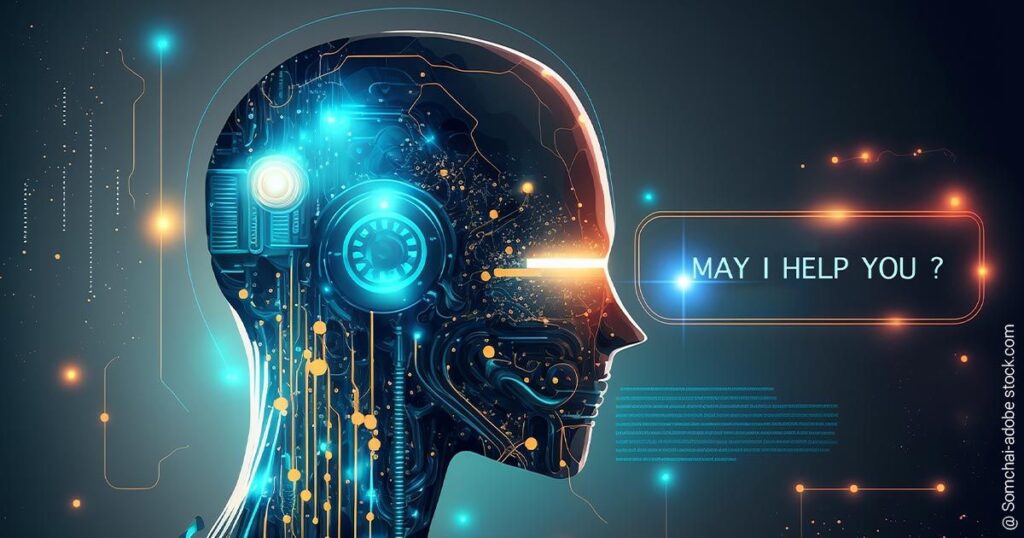The model accuracy in AI testing measures how well an AI model can make correct predictions. It tells us if the AI system is performing as expected. If an AI model has high accuracy, it means the model is reliable and can be trusted to deliver accurate results.
The concept of accuracy is critical in various AI applications like image recognition, natural language processing, and more. This article will explore what model accuracy means, how it is calculated, and why it is essential.
Understanding Model Accuracy in AI
The model accuracy is a simple metric that shows the ratio of correct predictions to the total predictions. It is one of the most common ways to evaluate the performance of AI models. For example, if an AI system predicts 8 out of 10 outcomes correctly, it has an 80% accuracy.
It is important to remember that accuracy alone may not be enough to judge the effectiveness of an AI model. There are many other metrics like precision, recall, and F1 score that should also be considered.
Why Is Model Accuracy Important?
The accuracy of an AI model determines if the model is ready to be used in real-world scenarios. It shows if the model can deliver consistent results. If the accuracy is too low, the AI may fail to perform its task properly.
It is also essential to make sure that the model has not been overfitted. Overfitting means that the model performs well on the training data but fails when used on new data. A balanced and high accuracy indicates that the AI model is well-trained.
How to Measure Model Accuracy?
The model accuracy can be measured using different methods. One of the simplest ways is to compare the model’s predictions with the actual results. If there is a match, it is counted as a correct prediction.
Here are a few common methods used to measure accuracy:
- Confusion Matrix: It is a table that shows the actual vs. predicted outcomes.
- Cross-Validation: It involves splitting the data into different sets to test the model’s performance.
- ROC Curve: It is used to evaluate the performance of classification models.
Challenges in Measuring Model Accuracy
The process of measuring accuracy is not always straightforward. There are many challenges that developers face. Some models may show high accuracy but fail to perform well in real-life situations.
It is important to understand that a high accuracy rate does not always mean that the model is perfect. There may be cases where the model’s accuracy is high for the wrong reasons. Developers need to dig deeper to ensure that the model is genuinely performing well.
Balancing Accuracy and Other Metrics
The accuracy of an AI model is just one part of its performance evaluation. Developers also look at other metrics like precision, recall, and F1 score to get a better understanding.
For instance, if a model has high precision but low recall, it may not be reliable. A well-balanced model should have good scores across multiple metrics.
Improving Model Accuracy in AI Testing

To improve model accuracy, developers can take several steps. Some of these include:
- Data Preprocessing: Cleaning and organizing the data can improve the model’s performance.
- Feature Engineering: Selecting the right features can help in building a more accurate model.
- Model Tuning: Adjusting the model’s parameters can lead to better accuracy.
The Role of Data in Model Accuracy
The data quality plays a vital role in determining the accuracy of the model. If the data is not accurate or complete, the AI model will not perform well. It is essential to ensure that the data is clean, organized, and free of errors.
It is also important to have a balanced dataset. If the data is biased, the model may show high accuracy but fail to perform well in real-world scenarios.
What Is AI-Based Testing?
AI-based testing is a method where artificial intelligence is used to perform testing tasks. It helps to automate the testing process and can improve the accuracy of the tests.
It can be used to identify errors, improve efficiency, and save time. AI-based testing is becoming more popular because of its ability to handle complex tasks.
Different Types of AI Testing Frameworks
There are many AI testing frameworks that help in testing AI models. Some of these include:
- TensorFlow: It is a popular open-source platform for building and testing AI models.
- PyTorch: It is another framework that is widely used for developing deep learning models.
- Keras: It is a high-level neural networks API that can be used with TensorFlow.
How to Test the Accuracy of AI Models?
Testing the accuracy of AI models involves multiple steps. It starts with gathering the right data and preparing it for testing. After that, the model is trained using this data, and its performance is evaluated.
Some common methods for testing model accuracy include:
- Train-Test Split: Dividing the data into training and testing sets to evaluate the model.
- K-Fold Cross-Validation: It is a method where the data is divided into multiple sets and tested in different combinations.
- Confusion Matrix Analysis: It helps to understand the true positive, false positive, and false negative rates.
Importance of Regular Testing
The regular testing of AI models is important to maintain their accuracy. It helps to identify any issues that may arise over time. The models should be updated and re-evaluated to make sure that they are performing as expected.
It is also important to monitor the data that is being used for training the models. If there are any changes in the data, it may affect the model’s accuracy.
How Does Overfitting Affect Accuracy?
Overfitting occurs when a model learns the details of the training data too well. It performs well on the training data but fails when tested with new data. This can lead to a misleading high accuracy rate.
It is important to use methods like cross-validation to prevent overfitting. This helps to ensure that the model performs well in different scenarios.
Balancing Model Complexity and Accuracy
The model complexity can have an impact on accuracy. Simple models may not be accurate enough, while complex models may lead to overfitting. It is important to find the right balance between complexity and accuracy.
The developers should experiment with different models and parameters to find the best combination. It may take time, but it will lead to a more reliable and accurate AI model.
Common Mistakes in Measuring Model Accuracy
There are some common mistakes that developers make when measuring model accuracy. Some of these include:
- Ignoring Data Quality: Not paying attention to the data quality can lead to inaccurate results.
- Overlooking Other Metrics: Relying only on accuracy and ignoring other metrics may lead to problems.
- Not Testing Regularly: Regular testing is essential to maintain accuracy.
Benefits of Accurate AI Models

Having an accurate AI model can provide many benefits. It helps in:
- Improving Efficiency: Accurate models can perform tasks quickly and accurately.
- Enhancing Reliability: High accuracy ensures that the model can be trusted to deliver consistent results.
- Saving Costs: Reducing errors can lead to cost savings.
Frequently Asked Questions
What is AI model accuracy?
The AI model accuracy measures how well an AI model can predict the correct outcomes. It shows the percentage of correct predictions compared to the total predictions.
What is model accuracy?
The model accuracy is the ratio of correct predictions to the total predictions. It is a simple way to measure the performance of AI models.
How to test the accuracy of AI?
The accuracy of AI can be tested using methods like train-test split, cross-validation, and confusion matrix analysis.
How do I test my model accuracy?
To test model accuracy, divide your data into training and testing sets. Train your model on the training set and evaluate its performance on the testing set using metrics like accuracy, precision, and recall.
Conclusion
The model accuracy is a crucial part of AI testing. It shows how well an AI model can perform its task and deliver correct results. However, accuracy alone is not enough. Developers need to consider other metrics like precision, recall, and F1 score.
It is essential to regularly test and update the models to ensure that they remain accurate and reliable. By following best practices, developers can build models that are not only accurate but also robust and efficient.









